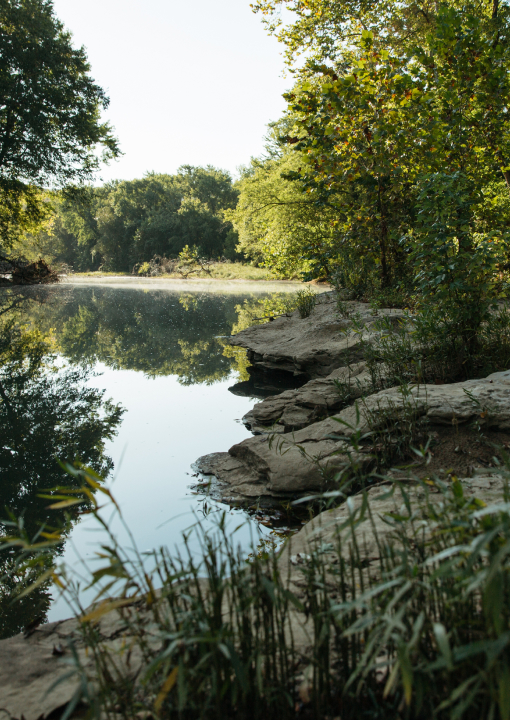A Pathway for Inland Waters in the 30 x 30 Target: Building knowledge and capacity for a radical increase in representation and effective management of inland waters in protected and conserved areas
This resource discusses the importance of inland waters, which have been undervalued and underrepresented compared to marine or terrestrial areas, yet they are one of the most threatened ecosystem types and support significant biodiversity values. Hence, inland waters should be better protected and conserved, even if they are small or degraded. The resource also discusses measures for effectiveness, such as using indicators for monitoring and evaluation that have been chosen by diverse stakeholders and using environmental standards.
The publication contains five main sections: 1. Introduction: the need for a focus on inland water conservation; 2. Options for protecting and conserving inland waters; 3. A Path to 30×30: Improving effective conservation of inland waters; 4. Developing a global baseline and indicator to track progress; 5. Conclusions and key considerations. It also contains multiple case studies from around the world.
Overall, the aim of this resource is to increase awareness on the importance of inland waters and how they should be featured more prominently in conservation planning frameworks and discussions on area-based conservation separately from terrestrial and marine areas.
https://www.nature.org/content/dam/tnc/nature/en/documents/Pathway_for_Inland_Waters_Nov_2022.pdf
Key takeaways
- Inland waters, no matter how small or degraded, are important and should be better protected and conserved. They are among the most threatened ecosystems on the planet and have been undervalued and underrepresented compared to marine and terrestrial areas.
- Inland water conservation should involve systematic conservation planning across biomes, including approaches that track inland waters separately from terrestrial areas; delineate them from marine areas consistently; connect key elements of the waterscape; include underrepresented ecosystem types, and consider sustainable management and restoration throughout the rest of the landscape.
- Using indicators that are chosen by diverse stakeholders in monitoring and evaluation is important for understanding effectiveness in freshwater conservation outcomes. Complementing area-based designations with environmental standards can also improve effectiveness.

